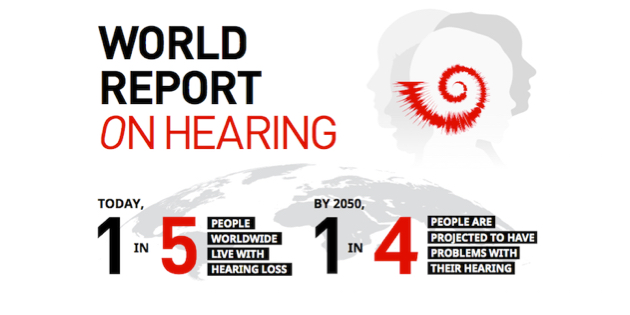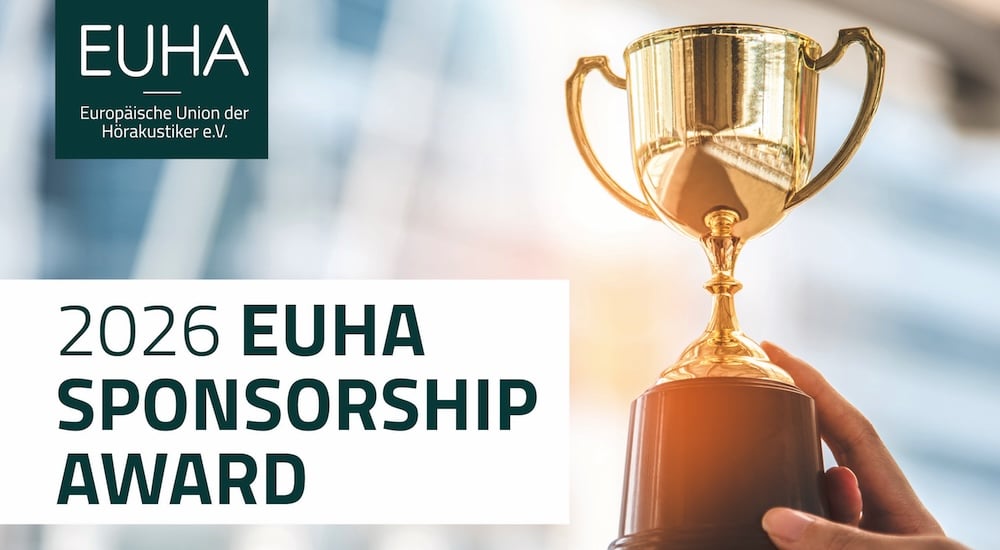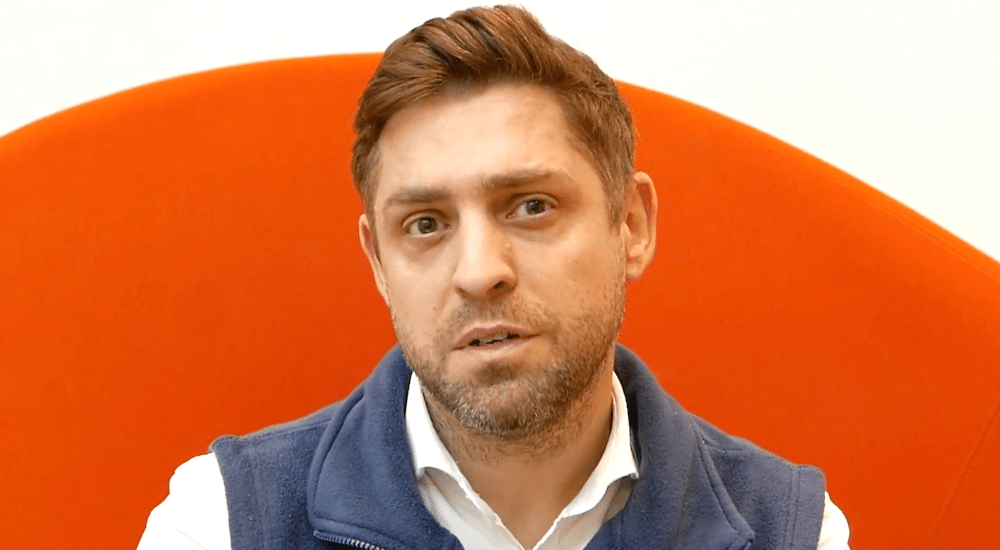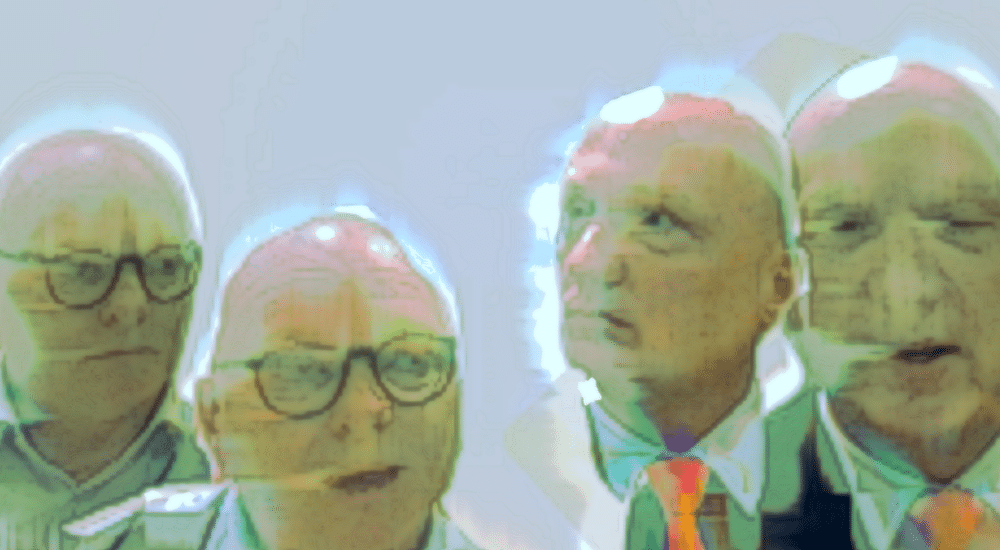First ever WHO World Report on Hearing sets concrete goals for hearing health access to all
world hearing
A strident call has been issued by the World Health Organisation (WHO) in a stat-rich report recommending government strategy and prioritisation action to scale up hearing care for 90% of the global population by 2030.

Launched on World Hearing Day, March 3, the first ever World Report on Hearing alerts that the hearing of humans is a worsening health challenge. Currently, more than 430 million people worldwide require management and rehabilitation services for their hearing, while more than one billion are at risk of developing hearing loss. Much of this, the WHO urges, is avoidable.
Packaged messages and missions
The report distills its proposals for addressing a long list of hearing health challenges into a number of media-friendly transmittables, three of which are packaged for major outreach:
- IPC-EHC – the improvement of care through an integrated people-centred approach to ear and hearing care service provision by means of mechanisms such as strengthened health systems, reoriented care models, the empowering of individuals and communities, and suitable policies and governance mechanisms:
- An acronym-based goal prompt – H.E.A.R.I.N.G. – to help all people (in line with point 3 of the UN’s Sustainable Development Goals for 2030), including those with hearing loss and ear diseases, to “have access to high-quality services without experiencing financial hardship”. The letters of the acronym spell out: Hearing screening and intervention; Ear disease prevention and management; Access to technologies; Rehabilitation services; Improved communication; Noise reduction; and Greater community engagement. “The first four (H.E.A.R.) can be integrated and delivered through strengthened health systems,” reads the WHO report;
- And, in what may most distinguish this new report from previous similar awareness and mission initiatives by the WHO and other organisations, three clear targets for improving ear and hearing care by the year 2030. These aims will focus on achieving a 20% relative increase in the effective coverage of newborn hearing screening services, a 20% relative increase in the effective coverage of adults with hearing loss that use hearing technology (i.e. hearing aids and implants), and a 20% relative reduction in the prevalence of chronic ear diseases and unaddressed hearing loss in school-age children, aged 5–9 years.
˝Significant economic benefits and productivity gains” from interventions
The World Report on Hearing warns that by 2050, 2.5 billion people worldwide will be living with some degree of hearing loss, 700 million of whom will require rehabilitation services. But it claims that the cost of a 90% scaling up in hearing care— which it estimates as an additional annual investment of $1.33 per capita—would be offset by $16 earned for every $1 invested, and with a benefit to 1.4 billion people.
“The number of people with hearing loss may increase more than 1.5-fold during the next three decades, with over 700 million likely to experience a moderate or higher level of hearing loss. Unless action is taken, this outcome will almost certainly result in a proportionate rise in associated costs,” the report emphasises.
The political pathway to achieving universally accessible ear and hearing care must be conducted through national healthcare plans involving ministeries of health, international and nongovernmental organisations, and professional, social, and private stakeholders, the report maintains.
Hearing aids
Although it underlines the efficacy and cost-effectiveness of hearing technology, such as hearing aids and cochlear implants, this first World Report on Hearing stresses the huge 83% service gap in the use of hearing aids, which it attributes to factors including regulation, pricing and stigmatisation. “Of those who could benefit from a hearing aid, only 17% actually use one. The gap is consistently high in all parts of the world, ranging from 77% to 83% across WHO regions, and from 74% to 90% across income levels,” the report makes clear.
Nevertheless, the WHO insists that challenges such as the hearing technology service gap can be overcome “through a strategic government-led planning and prioritization process”.
Other key challenges
Among a broad list of obstacles in the way of moving forward on hearing health, one of the biggest, says the WHO, is the “glaring gap” in health systems’ human resources. “Among low-income countries, for example, approximately 78% have fewer than one ear, nose and throat specialist per million population; 93% have fewer than one audiologist per million; only 17% have one or more speech therapist per million; and 50% have one or more teacher for the deaf per million,” the report bemoans, adding that “even in countries with relatively high proportions of professionals in the field of ear and hearing care, inequitable distribution and other factors can limit access to them.”
Another major challenge highlighted by the report is lack of knowledge and expertise among health-care providers, in particular relative to prevention, early identification, and management of hearing loss and ear diseases.
In the bigger picture, a major impediment is that most countries worldwide do not have ear and hearing care integrated into their national health systems, so “accessing care at different levels of service provision (community, primary, secondary and tertiary) may prove challenging for those with ear diseases and hearing loss,” reads the report.
Source: WHO
 Sign in
Sign in

